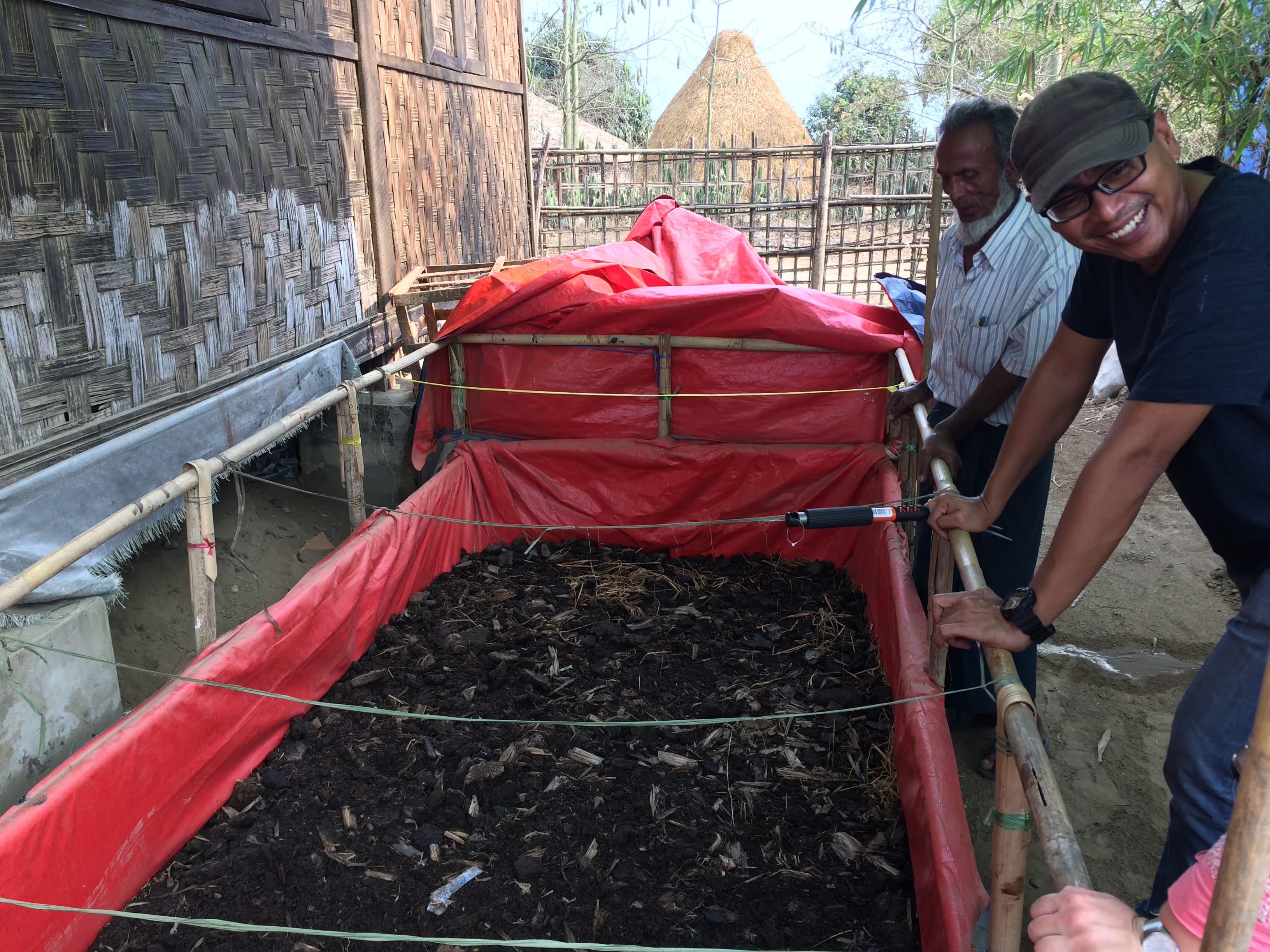Tiger Worm Toilet: One Stop Shop Manual
Output type
Tools and toolkits
Location
Myanmar
Focus areas
Water, sanitation and hygiene (WASH)
Topics
No items found.
Programme
Humanitarian Innovation
Organisations
Oxfam GB

Tiger Worm Toilets contain composting worms inside the pit that digest faeces in-situ, replacing the build up of raw sludge with vermicompost. This removes the need for traditional desludging. To date, more than 900 Tiger Worm Toilets have been built and trialled across four countries by Oxfam in a range of settings including urban, peri-urban and camps. They have been shown to work in both household and shared communal camp settings.
This Manual provides guidance on how to set up a Tiger Worm Toilet.
The Manual is in three parts including:
No items found.
Other resources
explore all resources
User-Centred Design: Landscape Review (2017)
The full Journey to Scale story
Echoes of Displacement: Exploring Early Marriage and Fertility Among Rohingya Adolescents